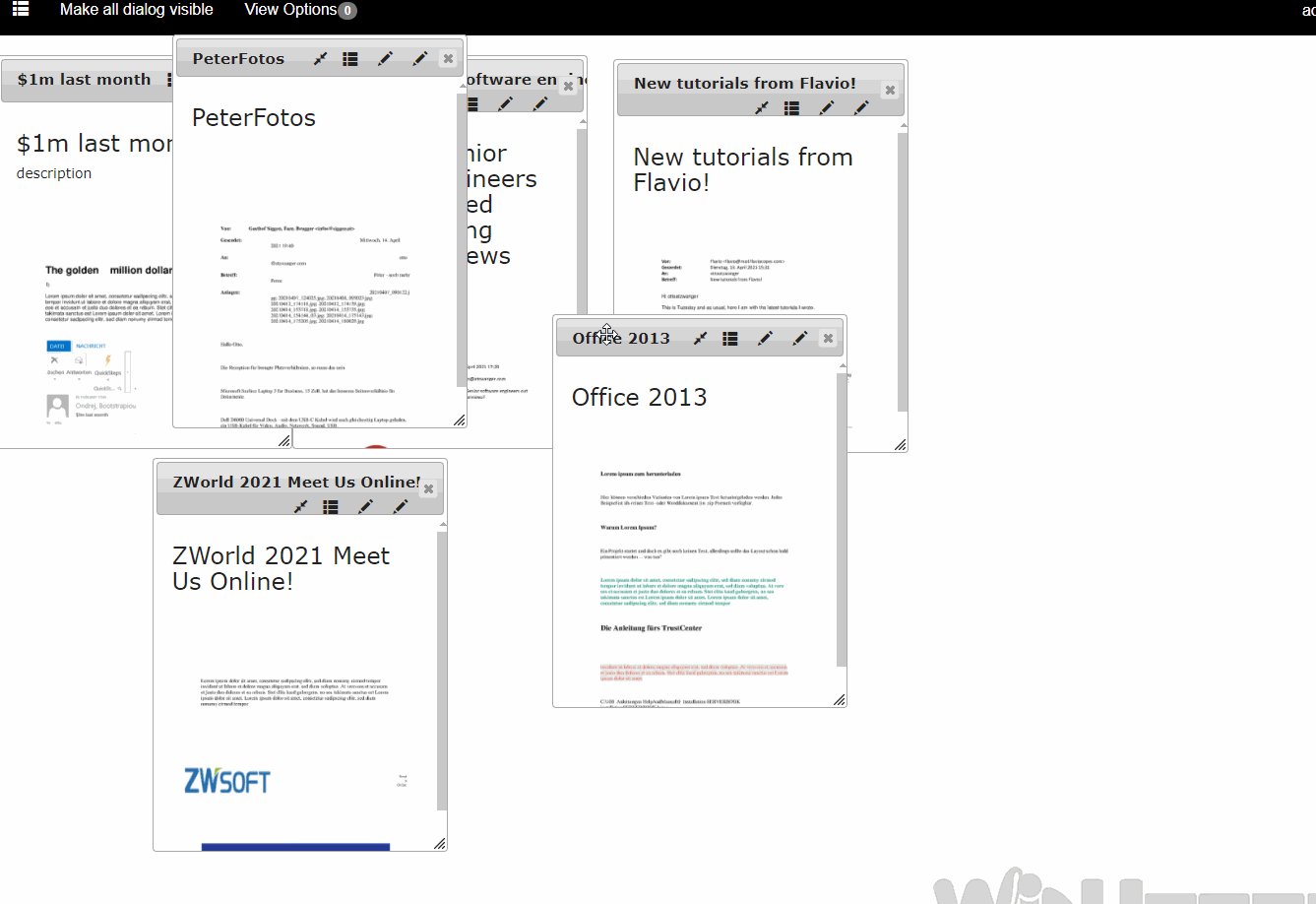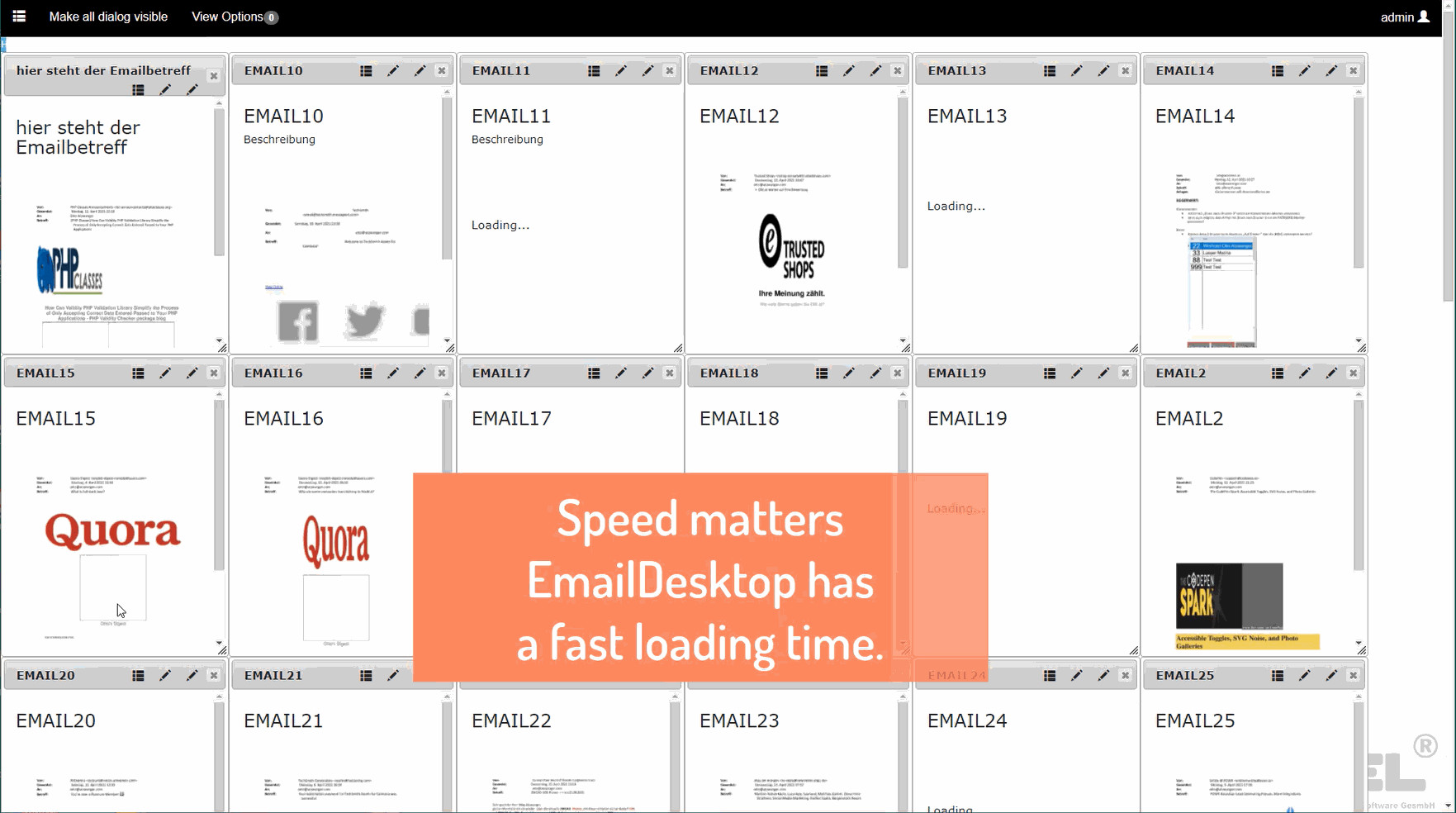I know I've been gone for a while, but I'm back with some content that I think it could be useful and I'd like to share with you some of that experiences...
This time I'd like to share with you how I load content asynchronously on my applications...
well, first of all, why loading content asynchronously is so important?
1- provides a better user experience because your page will load all of its elements without freezing while the content is being loaded;
2- improves the performance of you application, simply because now you can load as many things as you want simultaneously and independently
Basically, what is the logic behind all that?
We'll have our website, developed with mod_harbour and HTML/CSS and javascript. Inside our page(s) there'll be a script that is going to use AJAX in order to send requests to a route from our application that will work as a webservice, processing and retrieving the content we need and the script will be responsible for organizing this content inside our page.
Now, let's go step by step:
STEP 1: creating routes
First of all, let's create our routes...
Código: Seleccionar todo
DEFINE APP oApp TITLE 'vfatec';
ON INIT Config() ;
CREDENTIALS 'teste' COOKIE 'teste'
DEFINE ROUTE 'root' URL '/' CONTROLLER 'home@controller.prg' METHOD 'GET' OF oApp
DEFINE ROUTE 'get-content' URL 'get-content' CONTROLLER 'getContent@ws.prg' METHOD 'GET' OF oApp
//Inicialização da aplicação
INIT APP oApp
STEP 2: creating the controller.prg
let's create our first controller.
this controller basically is responsible for the navigation.
Código: Seleccionar todo
CLASS controller
METHOD New(oController) CONSTRUCTOR
METHOD home(oController)
ENDCLASS
METHOD New(oController) CLASS controller
RETURN Self
METHOD home(oController) CLASS controller
oController:View("/home.view")
RETURN NIL
this controller is going to be our own webservice, it will be responsible for processing the async requests that we are about to send and retrieve the content.
*I'm using my TMySQL class to manipulate the database
Código: Seleccionar todo
CLASS WS
METHOD New(oController) CONSTRUCTOR
METHOD getContent(oController)
ENDCLASS
METHOD New(oController) CLASS WS
RETURN Self
METHOD getContent(oController) CLASS WS
LOCAL oTable,hResponse:={=>},aParam:={},hData:={=>}
hData:=oController:oRequest:GetAll()
Aadd(aParam,hData['param1'])
Aadd(aParam,hData['param2'])
Aadd(aParam,hData['param3'])
cQuery := "SELECT * FROM content WHERE field1='PARAM01' AND field2='PARAM02' AND field3 = 'PARAM03' "
oTable := App():oBD:QueryJson(cQuery,aParam)
oController:oResponse:SendJson(oTable)
RETURN NIL
STEP 4: create our home.view
right here we are creating the only view from our application. could be our home page...
notice that I got a #content-div element. That's where our content will be loaded and located. But while it's not loaded I placed a loader inside of it just to make sure the user will be informed that something is loading on my page.
Now, take a look at the end of our view, there's a script being executed... as soon as my page is loaded a function will be executed and will send an async request via AJAX to the webservice we created.
as soon as the webservice retrieve the content (JSON), the callback function will organize the HTML elements in order to display the content properly and them... it will replace everyting inside the #content-div element (which, in this case, is just the loader element) with the new content.
Código: Seleccionar todo
{{View('/head.view')}}
<section class="pt-8" style="background-color: whitesmoke;">
<div class="container">
<div class="row">
<div class="col-12">
<!-- Heading -->
<h2 class="mb-10 text-center">Content</h2>
</div>
</div>
<div class="row" id="content-div">
<div class="loader mx-auto"></div>
</div>
</div>
</section>
<!-- JAVASCRIPT -->
<!-- Libs JS -->
<script src="/teste/lib/@fancyapps/fancybox/dist/jquery.fancybox.min.js"></script>
<script src="/teste/lib/bootstrap/dist/js/bootstrap.bundle.min.js"></script>
<script src="https://cdnjs.cloudflare.com/ajax/libs/feather-icons/4.9.0/feather.min.js"></script>
<script src="https://cdn.jsdelivr.net/npm/js-cookie@rc/dist/js.cookie.min.js"></script>
<script>
window.onload = function() {
var div = document.querySelector('#content-div');
$.ajax({
type: "GET",
url: "http://localhost/teste/get-content?param1=X¶m2=Y¶m3=Z",
}).done(function(data,status) {
var prodhtml=""
for(var i = 0; i < data.length; i++)
{
var obj = data[i];
if(i % 5==0)
{
prodhtml+='<div class="w-100 d-none d-lg-block"></div>'
}
prodhtml+='<div class="col-6 col-md-3 col-lg">'+
'<div class="card mb-7" data-toggle="card-collapse">'+
'<a href="#">'+
'<img class="card-img-top" src="img/content/'+obj.field1+'.jpg" alt="..." onerror="this.onerror=null; this.src='+"'img/content/00000.jpg'"+'" />'+
'</a>'+
'<div class="card-collapse-parent">'+
'<div class="card-body px-0 bg-white text-center">'+
'<div class="mb-1 font-weight-bold">'+
'<a class="text-body" href="#">'+obj.field2+'</a>'+
'</div>'+
'<div class="mb-1 font-weight-bold text-muted">'+
'$'+obj.field3+
'</div>'+
'</div>'+
'</div>'+
'</div>'+
'</div>'
}
div.innerHTML=prodhtml
}).fail(function(xhr, status, error) {
});
}
</script>
</body>
</html>
*There are some security improvements to be made, but I tried to make this example as simple as possible for you guys to understand the whole idea
Hope it helps you!




